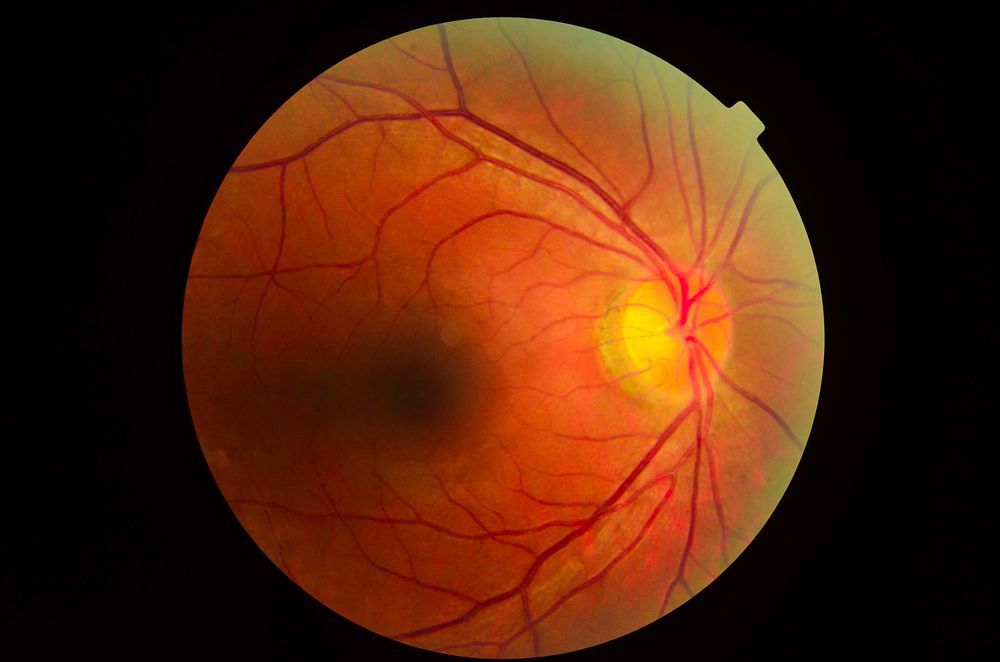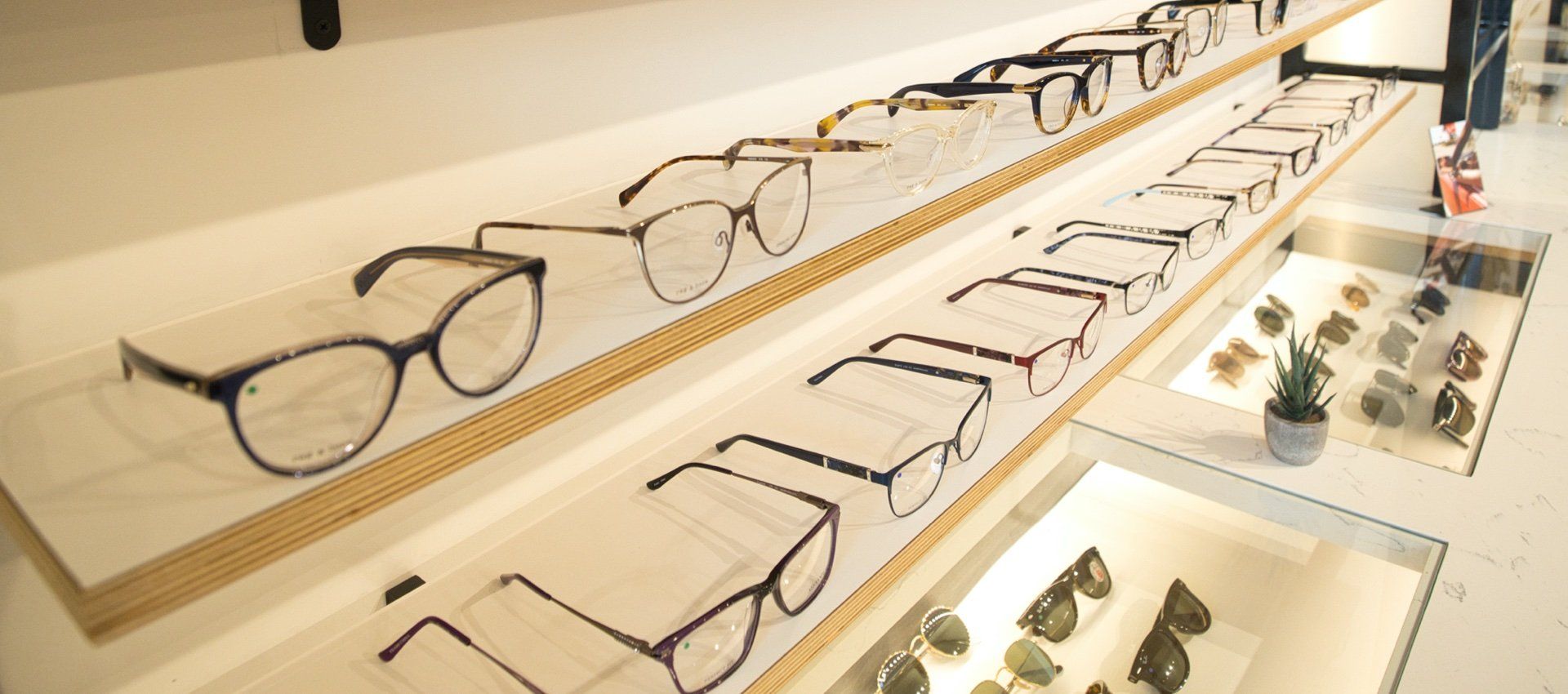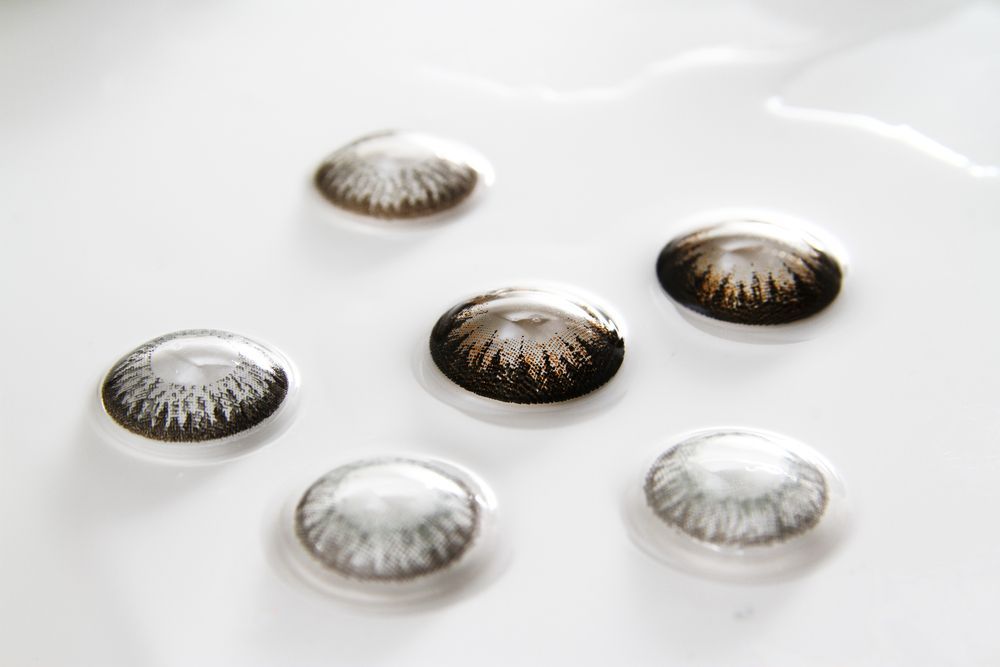November marks Diabetes Awareness Month, a time dedicated to raising awareness about this widespread and serious condition. With millions of Americans living with diabetes—many of them undiagnosed—it’s essential to understand the impact this disease can have on your overall health, especially your eyes. Diabetes is one of the leading causes of vision loss in adults, but with early detection and proper management, many of these complications can be prevented. This month, we encourage you to take a closer look at how diabetes affects your eyes and the steps you can take to protect your vision.
How Diabetes Affects Your Eyes
Diabetes is a growing health concern in the United States. With over a million new cases diagnosed each year, the rise of diabetes is concerning. This condition can have serious effects on your body, especially your eyes. Let’s take a closer look at how diabetes can impact your vision.
Blurred Vision and Fluctuations
One of the first signs diabetes may be affecting your eyes is blurry or fluctuating vision. When blood sugar levels rise, the lens inside your eye can swell, leading to temporary vision changes. Once blood sugar stabilizes, the swelling subsides, and your vision should clear up. However, these fluctuations make it challenging to get an accurate eyeglass prescription until your blood sugar is well-controlled.
Diabetic Retinopathy
Diabetic retinopathy is a serious complication that occurs when high blood sugar damages the small blood vessels in the retina, the part of the eye responsible for detecting light and sending signals to your brain. This condition is common, with about 1 in 3 people with diabetes developing some form of retinopathy.
In the early stages, there may be no symptoms, but as it progresses, you might experience blurry or distorted vision. In more advanced stages, new blood vessels can form in the retina, increasing the risk of retinal detachment and vision loss. If left untreated, diabetic retinopathy can lead to blindness.
Macular Edema
Macular edema is a complication of diabetic retinopathy and occurs when fluid leaks into the macula, the part of the retina responsible for detailed central vision. This leakage causes swelling and results in blurred or distorted vision. When macular edema develops, it’s often a sign that diabetes is not well-controlled, and the condition has advanced.
Dry Eye Syndrome
People with diabetes are also more likely to suffer from dry eye syndrome. This happens when the nerves in the cornea, the outer layer of the eye, are damaged by high blood sugar levels. These nerves play a crucial role in tear production and the blinking reflex, which helps protect your eyes. When the nerves are damaged, your eyes can become dry, and the risk of irritation or injury increases. Left unchecked, dry eye can become more severe, especially if the cornea’s natural healing process is disrupted.
Cataracts
Cataracts, which cause the lens of the eye to become cloudy, are a common part of aging, typically developing around age 60. However, people with diabetes are at risk of developing cataracts at a younger age, and the condition tends to progress faster. In fact, the rate of cataract formation is 2 to 5 times higher in individuals with diabetes.
Glaucoma
Glaucoma is an eye disease that causes damage to the optic nerve, often due to increased pressure inside the eye. It’s known as the "silent thief of sight" because it doesn't usually cause symptoms until irreversible vision loss occurs. People with diabetes are twice as likely to develop glaucoma. The link between the two conditions is thought to involve diabetic retinopathy, as damaged blood vessels may not provide the optic nerve with the oxygen and nutrients it needs, making it more vulnerable to damage.
Protecting Your Eyes
Managing your diabetes is crucial for protecting your vision. Keeping your blood sugar levels in check and
scheduling regular eye exams can help prevent or manage complications. If you have diabetes, working closely with your eye doctor can help detect potential issues early, ensuring that your eyes stay as healthy as possible.










